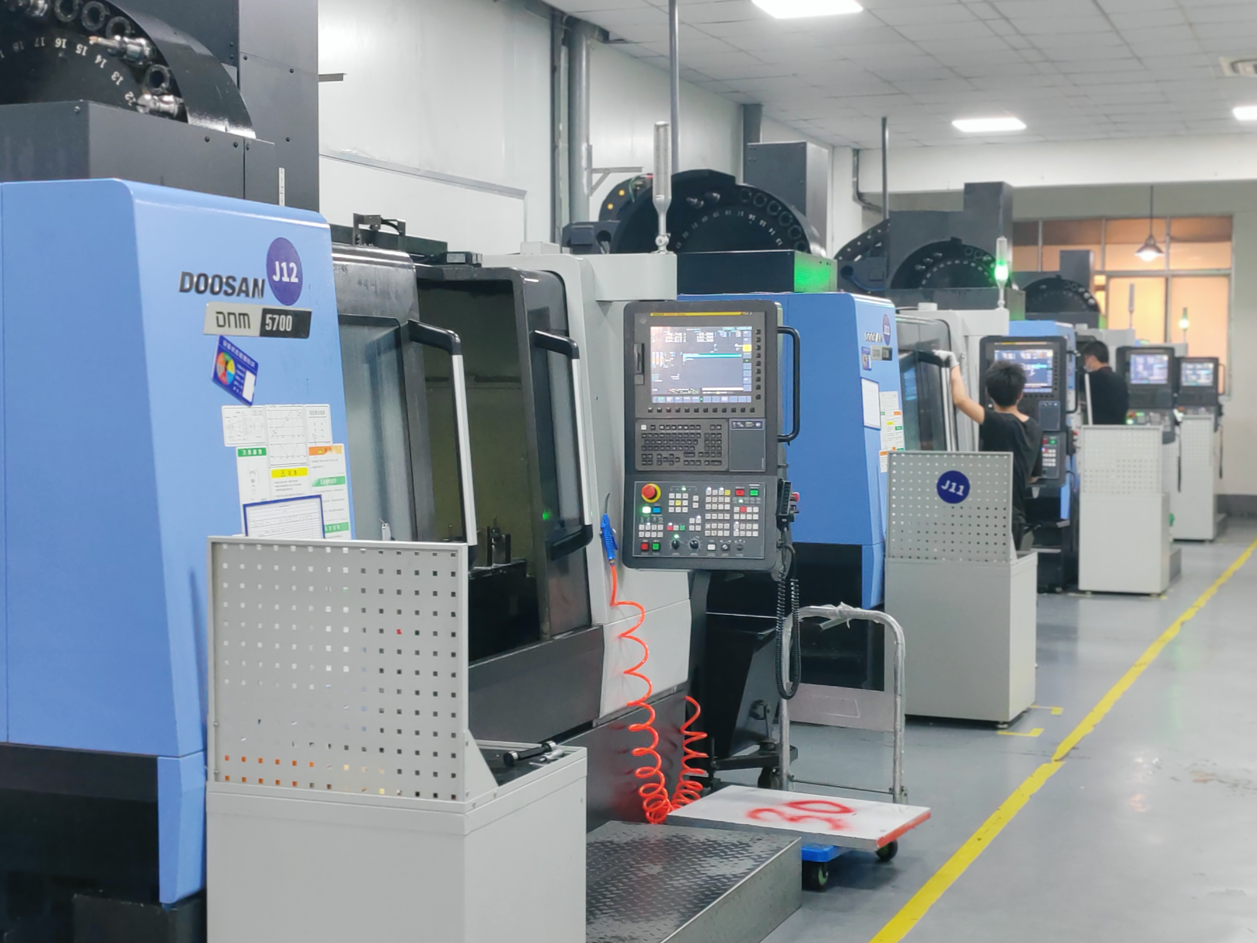Overview of Beryllium Copper Milling Process
1. Material Characteristics and Challenges
Beryllium copper (BeCu) is known for its high hardness, high strength, and good electrical conductivity. However, due to the toxicity of beryllium, strict safety precautions must be taken during processing. Milling of beryllium copper presents challenges such as chip hardening and rapid tool wear.
2. Milling Parameters
1. Cutting Speed
Recommended range: 100–300 m/min, depending on workpiece hardness and tool material.
Higher speeds improve productivity but accelerate tool wear.
2. Feed Rate
Typical feed rate: 0.02–0.2 mm/tooth.
Lower feed rates enhance surface finish but may cause work hardening if too low.
3. Depth of Cut
Typical range: 0.1–3 mm, depending on part geometry.
Moderate depth balances efficiency and surface quality.

3. Tool Selection and Usage
1. Tool Materials
Cemented carbide (especially WC-Co) and ceramic tools are suitable.
TiN or TiAlN-coated tools enhance wear resistance and reduce adhesion.
2. Tool Geometry
Rake angle: A larger rake angle reduces cutting forces.
Relief angle: Moderate relief reduces friction.
Edge honing: Honing the cutting edge improves tool life and surface finish.
4. Cooling and Lubrication
1. Coolant Selection
Oil-based coolants or emulsions are recommended.
Choose fluids that enhance cooling and reduce tool/workpiece wear.
2. Lubrication Methods
High-pressure coolant systems effectively lower the cutting zone temperature and reduce thermal deformation.
Proper lubrication reduces friction and improves surface quality.
5. Safety Measures
1. Protective Equipment
Operators must wear appropriate PPE: masks, safety goggles, gloves.
Workshops should be equipped with effective ventilation and dust extraction systems to prevent beryllium exposure.
2. Waste Handling
Beryllium copper waste must be collected and disposed of separately in accordance with environmental regulations to prevent contamination.
6. Process Optimization Recommendations
1. Trial Cutting
Conduct trial cuts before mass production to fine-tune cutting parameters and tool selection.
2. Data Recording and Analysis
Record cutting data, surface quality, and tool wear for each run to support process improvement.
3. Automation and Intelligence
Use CNC machines and intelligent machining systems to improve efficiency and precision.
7. Application Cases
Beryllium copper is widely used in high-end industries, including:
Precision mold components in toolmaking
Spring contacts and connectors in electronics
High-strength structural parts in aerospace
In these applications, milling quality directly affects final product performance. Precise control of machining parameters and rigorous quality inspection are essential.
Conclusion
Through scientific process design, appropriate parameter selection, and strict safety measures, high-quality and high-efficiency milling of beryllium copper can be achieved to meet the demands of complex industrial applications.
